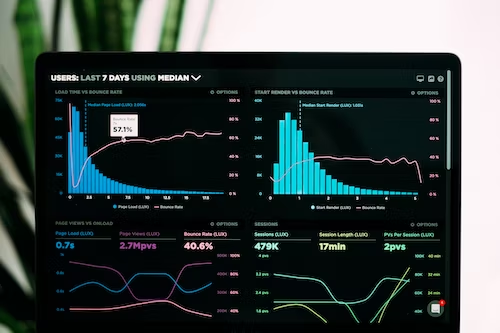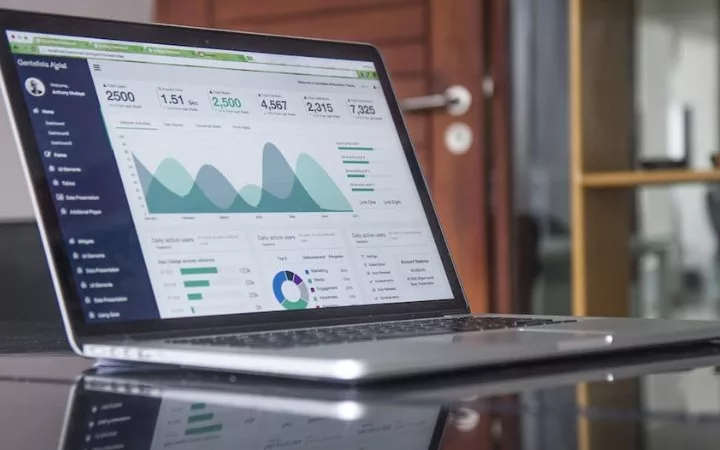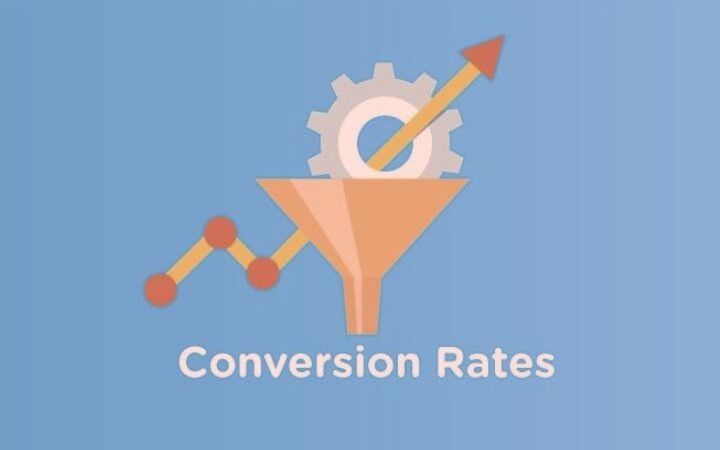Competitive Pricing Strategies: How They Work and How to Determine Whether They Are Right for You

There is a lot of talk in the marketing world about competitive pricing analysis (CPA) and competitive pricing strategies (CPS).
Naturally, you should know what consumers are looking for and how your prices stack up against your competitors.
But carrying out a CPS (Competitive Pricing Strategies) is only for some. And even if you do decide that your company should plan in this direction, you might not want to rely solely upon it to guide your sales plans.
Quite a few factors are involved in determining where your company stands and what type of strategy you should create.
First, it is worthwhile to think about what CPA and CPS (Competitive Pricing Strategies) are.
Once you understand this better, consider whether or not these are wise bases for your sales plans.
If you decide that this is an appropriate direction for you, there are tools you can use to assist you in your planning. Read here to find out more about this

What are competitive pricing analysis and competitive pricing strategy?
CPA involves carefully determining any company’s direct and indirect competitors, what types of advertisements and promos they employ, their precise product specifications vis-a-vis one another, etc.
Specifically, it looks at the consumer behavior surrounding these phenomena and what guides consumer choices in the marketplace.
Once a CPA is carried out, the company conducting the analysis can better understand what consumers are looking for in their products and what needs to be done differently to match or stay ahead of the competition.
CPS is a strategy a company employs that bases it’s pricing on the prices of other companies. While it might seem that companies would use these methods, this is only sometimes true.
Several factors are involved, and other methods are employed by some companies depending on their industries and the products they sell.
This type of strategy may or may not be implemented once a CPA is completed.
These strategies are generally based on the prices of comparable companies (usually direct competitors). CPSes can take three different forms:
- Pricing is above the competition, which may be implemented if the company in question thinks that its products are superior in quality to those of its competitors.
- Pricing is on par with the competition, often employed as a strategy for companies that believe their products are of equal value to those of their competitors.
- Pricing is below the competition, which may happen if a company is looking to get its name out by employing a special offer or taking advantage of a holiday or other special occasion to catch the interest of potential customers.
Is employing a CPS a good idea?
Once a company has completed its CPA, it will have to consider whether or not it wants to employ a CPS. It may seem like a logical decision following analysis, as companies want to keep up with the competition.
However, it is only sometimes the best choice for every company, and other factors than competitor prices need to be considered.
CPSes work best for companies that are looking to get exposure in the market.
If there is great competition in a certain industry, it can be hard for companies not yet household names to find ways to stand out.
Even if your company does offer products that you consider superior in quality to your competitors, this could be a wise strategy to use for some time as you attract your initial customer base.
Sometimes companies employing CPSes will price their products at slightly lower prices than their competitors to attract attention.
This can be a successful way of gaining new customers as a distinct category of people will always choose products with lower costs simply by habit.
Are there other alternatives to CPS?
CPS is not the only strategy that companies employ in determining prices.
If you always keep your prices on par with the competition (especially if your prices are lower), you risk never pulling ahead.
A different method that some companies use to determine prices is value-based.
If your company produces high-end hiking gear that utilizes rare materials, for example, you won’t price your jackets on par with those sold at Walmart simply because you offer the same styles.
You’ll want to demonstrate to your potential customer base that you truly offer a superior product.
And even within the category of cases, there are many specific ideas you could consider employing either on a short- or long-term basis to boost your sales efforts.
Promotional pricing for short periods and other types of strategic pricing can be utilized either temporarily or in combination with other strategies, depending on your company’s position in the market.
Make the right decision for yourself.
Remember, your company is unique and has its own particular needs.
Conducting a careful analysis of where you stand vis-a-vis the competition is the first step in determining what type of strategy you should create in determining your pricing.
Implementing a CPS is not right for your company. But you will know this once you determine the facts first.






